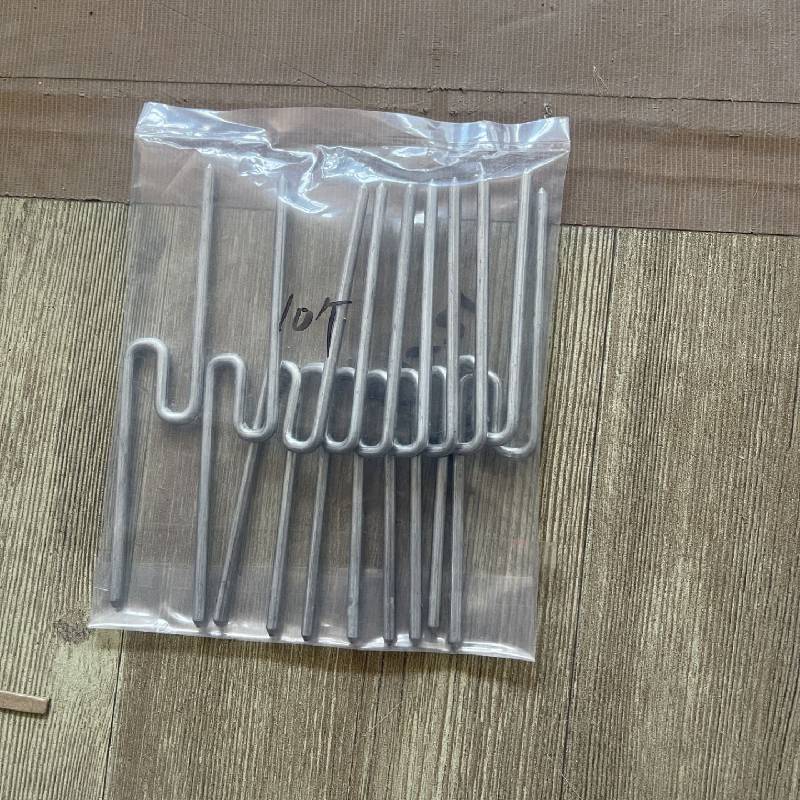
- Mobile Phone
- +8613931874955
- sales@cntcmetal.com
Exploring Frame Connections and Their Importance in Brickwork Construction Techniques and Practices
Frame Ties for Brickwork An Essential Element in Masonry Construction
In the world of masonry construction, the use of frame ties serves as a critical component in ensuring the structural integrity and durability of brickwork. As architectural designs continue to evolve, the importance of frame ties has only increased, making it essential for builders and architects to understand their significance.
Frame ties are utilized to connect brickwork to the supporting structure, typically a timber or steel frame. This connection is crucial because it helps to prevent the brickwork from separating from the frame due to various forces such as wind, settlement, or thermal expansion and contraction. Without adequate ties, brick walls can develop cracks or even collapse, posing serious safety hazards.
Frame Ties for Brickwork An Essential Element in Masonry Construction
The design of frame ties can vary based on several factors, including the type of brickwork, the materials used for the frame, and local building codes. However, typical materials for frame ties include galvanized steel or stainless steel, chosen for their strength and resistance to corrosion. These connections usually come in different shapes and sizes, allowing for the adaptability to various construction scenarios. For instance, “T” shaped ties may be used for horizontal applications, while vertical ties ensure the vertical stability of the wall.
frame ties for brickwork

Installation of frame ties must be executed with precision and care. They need to be placed at regular intervals—as specified by building codes or the recommendations of structural engineers. Generally, frame ties are installed every 16 inches vertically and alternating every 32 inches horizontally, but these specifications may change based on the height, width, and other characteristics of the wall. Correct placement is vital; if ties are installed too far apart, they may not adequately support the brickwork. Conversely, excessive ties could lead to unnecessary costs and exacerbate potential issues with moisture retention.
Moreover, one crucial aspect of using frame ties is ensuring that they are adequately integrated into the design of the building to prevent issues with thermal bridging—a phenomenon where heat escapes through the ties, leading to energy efficiency problems. To combat this, newer designs incorporate insulation materials or use tie systems that minimize thermal transfer.
In recent years, the use of advanced technologies in both the design and production of frame ties has improved their performance. For example, modern engineering allows for the customization of ties to meet the specific dynamic loads anticipated in various geographical locations. As construction practices evolve, utilizing innovative materials and designs will only enhance the effectiveness of frame ties.
In conclusion, frame ties for brickwork play an indispensable role in modern masonry construction. Their capacity to connect brickwork with the supporting structure not only contributes to the overall stability of the building but also mitigates risks associated with natural forces and environmental changes. As we move toward more complex architectural designs, ongoing education about the correct selection and installation of frame ties will be vital for architects, engineers, and construction professionals alike. Prioritizing these elements will enhance the safety, performance, and longevity of masonry structures across the globe.
share:
-
Your Source for Concrete Wall Ties and Masonry AccessoriesNewsJul.10,2025
-
Unlocking the Power of Iron Wire for Every ProjectNewsJul.10,2025
-
Explore Advanced Chain Wire and Stainless Steel Mesh FencingNewsJul.10,2025
-
Discover the Benefits of Annealed Wire ProductsNewsJul.10,2025
-
Discover China Stainless Steel Wire Mesh SolutionsNewsJul.10,2025
-
Build with Confidence Using High-Performance Masonry AccessoriesNewsJul.10,2025
-
Why Sacrificial Formwork Is Redefining Underground ConstructionNewsJun.06,2025



















